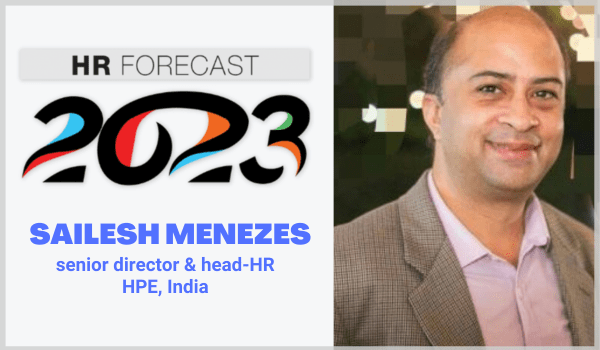2022 was a volatile year for HR & workforce
The IT industry is amidst massive transformation, at a scale not witnessed for decades. The macro-economic environment, as a direct result of the pandemic and socio-political factors have given rise to multiple points of inflection across the regions, thus creating a need for greater optimisation, and a need for digital transformation across industries. The restlessness created by new work models and expectations post the pandemic, also contributed to the Great Resignation. However, runaway inflation across most geographies/regions, supply chain constraints and high cost of capital have had a cooling effect on the markets with the possibility of a partial recession as predicted by many economists. Over the last three years, organisations across sectors have pivoted towards a tech-enabled business continuity plan. The Great Resignation, coupled with a wave of reductions in the workforce across the tech industry, has forced companies to adopt new-age strategies. Organisations are transforming and positioning themselves for the future in terms of key skills they require and the new paradigm shifts they are witnessing in the industry.
2023: Will it be a turmoil again or peace?
The year 2023 will continue to be challenging yet it will bring in immense opportunities for HR. The pandemic is not past us; inflationary pressures continue to exist. We can expect macro economic factors to weigh heavily on business and people decisions throughout the year. The focus is now on managing a hybrid workforce with an emphasis on engagement, culture building, performance and productivity. The importance of building skills for the
future (data sciences, ML/AI, IOT, security, cloud computing etc.) is paramount to the existence of many industries and organisations.
“Runaway inflation across most regions, supply chain constraints and high cost of capital have had a cooling effect on the markets”
Redesign the workplace for hybrid workforce
Our experience in driving a high performance culture while working flexibly, combined with ongoing input we’ve sought from our team members, has enabled HPE to move quickly to implement the bold and permanent shifts to our workplace vision. As we look toward HPE’s – Edge to Office model – we designed our plans around prioritising flexibility, wellness and predictability.
The four focus areas are:
• Edge work is work outside of office spaces – this can be at home or other working spaces not at an HPE site. We have created a more comfortable and secure work environment for edge work while continuing to focus on the tools and resources needed for optimal collaboration. The edge workers will report twice a week in the office.
• For the office, we have transformed our physical sites into ‘collaboration and culture centres’ that allow for team members to come together, collaborate and be social. This means more meeting and collaboration space.
• For mindset, with a more distributed and flexible workspace, we are looking at this experience from top to bottom – from training and new practices that enhance diversity and inclusion, to the opportunities to continue advancing our team members’ career development, as well as supporting their personal well-being.We expect to hone HR’s leading role to enable better outcomes in 2023.
33 leaders predict the upcoming trends for 2023. To find out more click here.



